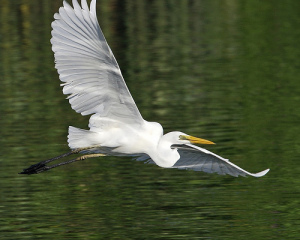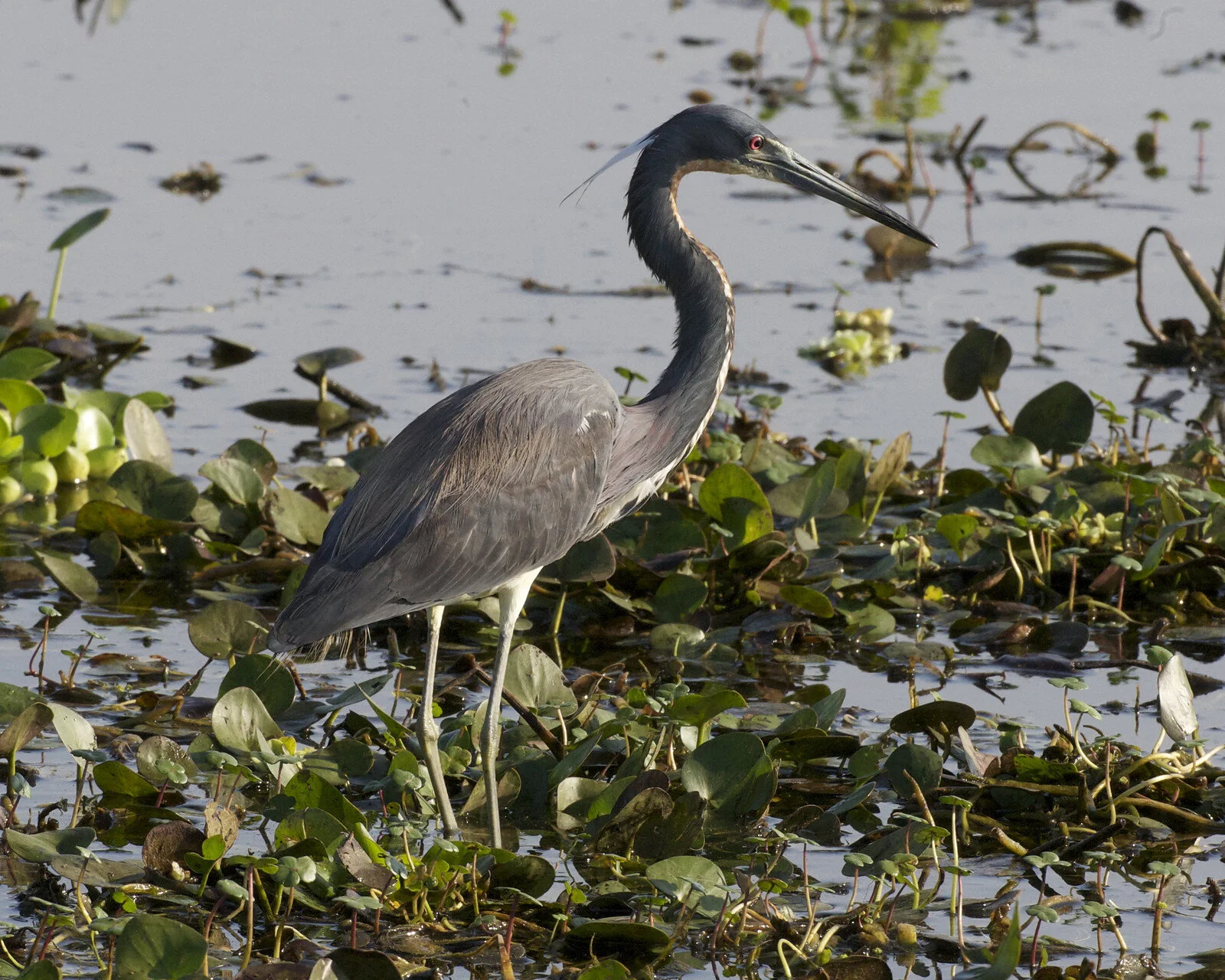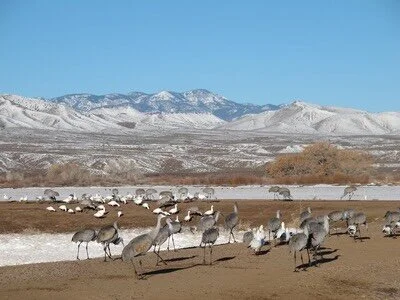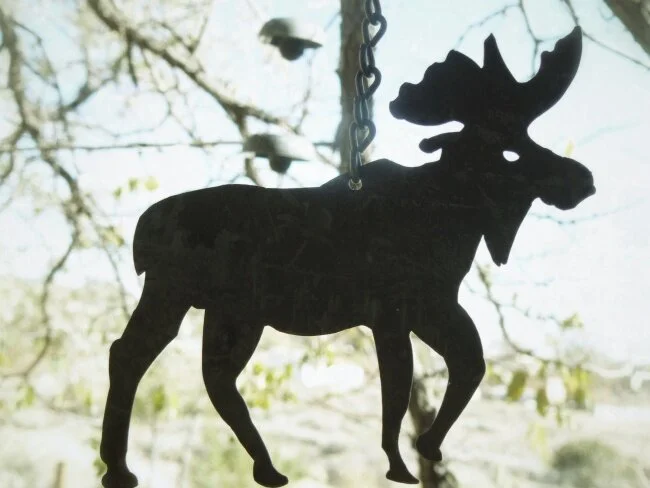Travel Is For The Birds
The last time I was in Bali, I stayed with a friend on the outskirts of Ubud, up in the foothills. I kept hearing about a fabulous heron/egret rookery where the birds came in by the thousands to roost in the trees for the night. I wanted to see the spectacle and my time to go was growing short, so I succumbed to a spontaneous urge late one afternoon, borrowed my friend’s bike and took off down the lane through the rice fields.
 I found the rookery, a few miles away in Petulu. The roosting was a spectacular scene as wave after wave of the showy wading birds arrived and competed for space in a squawking, flapping ritual.
I found the rookery, a few miles away in Petulu. The roosting was a spectacular scene as wave after wave of the showy wading birds arrived and competed for space in a squawking, flapping ritual.
I hadn’t figured on how dark it is at night in Petulu, which I discovered as soon as the sun set. No street lights, no light on the bike, no one knew where I was and I didn’t have a cell phone on me. It was pitch black and I was sorry I hadn’t planned better. I was saved by a local guide on a motorbike and his Australian client - they led the way and I followed their light as they guided me home.
Why had I been so reckless? How did I become such an enthusiastic bird watcher? I was afraid of birds in my childhood. I grew up on a farm in Iowa and it was my duty to collect the mail from the mailbox out by the road. In the summer, I was terrorized by baby black birds that fell out of the trees and, in their terror of me approaching across the broad, grassy lawn, would suddenly flap and screech and scare me.
Later, I lived near wonderful woods in Ohio, walked there often and learned to know the wildflowers. Then, I wanted to know the name of the brilliant blue bird I saw diving into a stream, so I got a birding guidebook and signed up for a birding class. I also realized that birding is a great way to learn about other places and that I could see a wide variety of birds in the course of my travels.
Matter of fact, when I was in Bali, along with seeking out temple festivals and cremation ceremonies, I signed up for a birding tour. I had two guides all to myself as we searched along a stream in a wooded area and out by the rice fields. The birds we saw were all new and exotic to me: Java Kingfisher (brilliant blue with red beak), Sooty-headed Bulbul (slight crest on head), Scarlet-headed Flowerpecker (small, bright red head and back), Olive-backed Sunbird (with lustrous throat), Scaly-breasted Munia (aka Spice Finch) and White-breasted Waterhen, which hid from us along the river.
I’ve also taken a boat to the Ballestas Islands off the coast of Peru near Paracas to view the wildlife where sea lions cavort and sea birds fill the air. Here we saw Humboldt Penguins swimming and diving, Peruvian Pelicans, petrals, cormorants, gulls, Inca Terns and Peruvian Boobies. This expedition enhanced my other Peruvian adventures of flying over the Nazca Lines (mysterious, ancient drawings in the desert) and exploring the ruins at Machu Picchu to put Peru high on my list of favorite places.
On a trip to Copan, Honduras, someone told me it’s a great place to watch birds, as you can see birds from both the northern and southern hemispheres. So I hired a guide and we searched in the park of the Maya ruins. I had already explored the architectural wonders, glyphs and ball court; now we spotted Boat-Billed Flycatcher, Cinnamon Hummingbird, Tropical-Kingbird, Red-Throated Ant Tanager and many types of Orioles. We also spotted poachers cutting down trees illegally, so we wrapped up our tour so my guide could report them.
On Sanibel Island, Florida, at the J.N. “Ding” Darling Wildlife Refuge, I was lucky (with the help of a guide) to spot Roseate Spoonbills, large wading birds that swing their heads side to side in the water searching for food. We also spotted flamingos, ducks, herons, White Ibis, hawks, Osprey, and terns.
There are so many types of birds that it becomes addictive to try to learn who they are, where they live, if they migrate. Why does learning matter? One of my friends says she just wants to enjoy looking, while I like to know more about what I’m seeing. The birds are fun to watch either way.
Now, my daily routine includes putting out bird seed and watching the customers. One day, I watched grosbeaks, woodpeckers, quail, hummingbirds, finches, and sparrows at my feeder. It’s a win/win deal - they get some seeds or nectar and I get to watch them and learn. My local birds come and go with the seasons and sometimes I dream of watching flamingos on Lake Nakuru in Kenya and spotting swans flying over the delta of the Danube River. Meanwhile, I can get a major wild birds fix at Bosque del Apache near Socorro, New Mexico, when the sandhill cranes and snow geese arrive by the thousands for the winter and present primal scenes as they fly out to feed en masse at dawn and fly in together in the evening.
 I’m glad my fear of birds evolved into appreciation and fascination, as they greatly enrich my travels - running my horse in the Blue Mountains of Australia was especially memorable because a flock of pink cockatoos called Galahs flew overhead. Birds add so much color and song to our lives, plus the hint of beyond - what’s out there? Where have they been? By the way, that brilliant blue bird I saw diving into the stream in Ohio was a belted kingfisher and I wish everyone could be lucky enough to see one in action!
I’m glad my fear of birds evolved into appreciation and fascination, as they greatly enrich my travels - running my horse in the Blue Mountains of Australia was especially memorable because a flock of pink cockatoos called Galahs flew overhead. Birds add so much color and song to our lives, plus the hint of beyond - what’s out there? Where have they been? By the way, that brilliant blue bird I saw diving into the stream in Ohio was a belted kingfisher and I wish everyone could be lucky enough to see one in action!
Jean Kepler Ross is an award winning freelance writer/photographer based in Santa Fe, NM. She was editor of GuestLife New Mexico for four years and her work has appeared in New Mexico Magazine, Glamour, Home & Away, Los Angeles Times, Santa Fe Visitors Guide, San Francisco Examiner, ASU Travel Guide, The Wall Street Journal and many other publications.
photo credits:
1. heron by Lip Kee via flickr common license.
2. belted kingfisher by kevincole via flickr common license.



